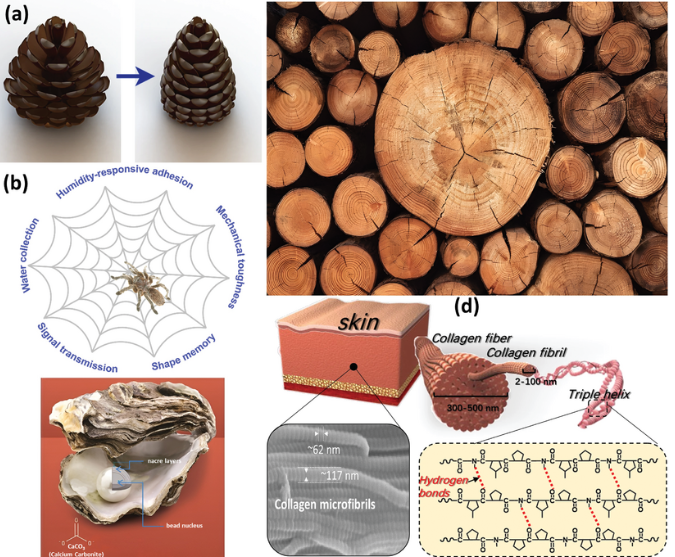3d printing: food fiction or reality??
- anikshakar6
- Nov 27, 2023
- 2 min read
3D printing of food is a reality and not just a fiction. The technology has been developed and is actively used in various applications within the food industry. Here's an overview:
Current Applications: Food 3D printing involves using food-grade materials and printing techniques to create edible structures, intricate designs, and customized food products. It has been used to create chocolates, candies, pasta, confectionery, intricate cake decorations, and even entire dishes with precise shapes and designs.
Materials Used: Edible materials such as chocolate, sugar, pastry dough, cheese, and other edible pastes are used as the printing medium. These materials are usually formulated to be suitable for extrusion and solidification processes involved in 3D printing.
Customization and Personalization: One of the key advantages of food 3D printing is its ability to create personalized or customized food items based on specific dietary requirements, tastes, or nutritional needs. For instance, it can be used to produce foods with specific textures, shapes, or nutritional content tailored for individuals.
Restaurant and Culinary Applications: Some restaurants and culinary professionals have experimented with 3D food printing to create unique dining experiences, innovative presentations, and intricate designs that would be challenging to achieve manually.
Potential Benefits: Food 3D printing has the potential to revolutionize food production by offering precision in design, reducing food waste, enabling creative culinary expressions, and catering to individual dietary needs.
Challenges: Challenges include the development of food-safe printing materials, maintaining taste and texture in printed foods, scaling up production, and addressing regulatory considerations related to food safety and standards.
It's worth noting that while 3D food printing technology has made significant strides, it is still in its early stages compared to other 3D printing applications like manufacturing and healthcare. Ongoing research and development continue to explore ways to improve the technology, expand the range of printable foods, and address the challenges associated with its widespread adoption.
Given the pace of technological advancement, there might have been further developments in 3D food printing since my last update. It's advisable to check the latest sources or news to get the most recent information on this rapidly evolving field.




Comments